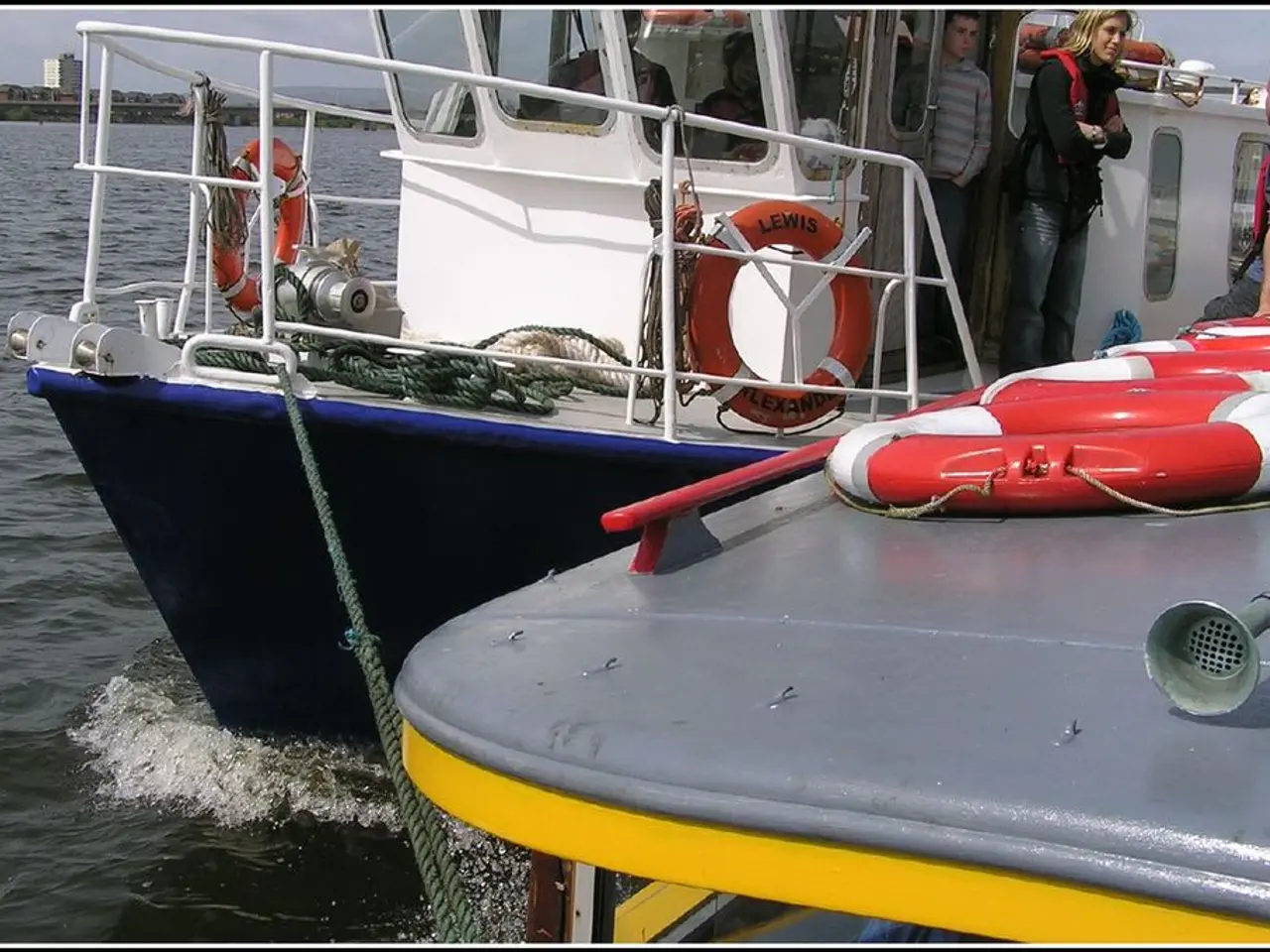Navigating Challenging Mooring Spots: A Comprehensive Guide
### Choosing a Suitable Anchorage for a Sailboat: A Comprehensive Guide
Sailing a vessel requires careful planning, especially when it comes to anchoring. The choice of anchorage is crucial for a safe and comfortable stay on the water. Here are some key factors to consider when selecting an anchorage for your sailboat.
#### 1. Shelter
One of the most important aspects of an anchorage is its ability to provide protection from wind and swell. Look for anchorages situated in the lee of a headland, as these naturally shield your boat from the elements. It's best to avoid steep cliffs, as they can create katabatic winds, which are strong and unpredictable.
#### 2. Seabed Type
The type of seabed plays a significant role in anchor holding. Detailed guides like the _On The Water AnchorGuide_ for the ICW can provide valuable information on seabed types and their holding qualities. Charts can also help identify sandy, muddy, or rocky bottoms, each affecting anchor holding differently.
#### 3. Depth
Taking soundings is essential to determine both low and high-water depths, ensuring sufficient clearance for your sailboat. Consider tidal changes to ensure safe anchoring and swinging room throughout the day.
#### 4. Swinging Room
Approaching your anchorage during the ebb tide can help ensure enough room for swinging without running aground. Planning an escape route in case you need to leave quickly is also advisable.
#### 5. Use of Secondary Anchors
In crowded areas or when point-to-point swell protection is needed, using a stern anchor or taking a line ashore can stabilize the boat. The "gulet method," which is effective in deep bays, involves using a long line ashore to maintain control.
#### Additional Tips
- Use a thinner but longer chain for deeper water, and a thicker chain for crowded or shallow anchorages to reduce swinging circle size. - Consider the catenary of your anchor chain to optimize its length and ensure a stable hold.
By considering these factors, you can choose a safe and suitable anchorage for your sailboat. Remember, the radius of the swinging circle is marginally less than the length of chain that's out, plus the length of the boat. A good anchorage requires shelter from wind and sea, and consideration of tidal changes. Open anchorages need an offshore breeze for the duration of stay, and protection from sea and swell. A second anchor is useful in restricted swinging room, or in rolly anchorages to keep the boat head to the swell, or to stop the boat yawing about.
Additional techniques, such as the Bahamian moor, can be used to deploy a kedge anchor without a dinghy, providing extra stability. Always remember to use a fender on a line slightly longer than the maximum expected depth to keep the buoy above the anchor, and avoid using floating line, as it could end up fouling your propeller.
When identifying an anchorage, consider the character of tidal anchorages, which can change through the cycle. The visible coastline can indicate what's going on under the surface. Most of the time, the chain doesn't pull tight, and it tends to pull taut only in one or two directions.
With careful planning and consideration of these factors, you can find a safe and comfortable anchorage for your sailboat, ready to weather any storm and enjoy the beauty of the open sea.
During the process of selecting an anchorage for a sailboat, it's essential to consider the seabed type, as detailed guides can provide information on seabed types and their holding qualities. Sports enthusiasts sailing a vessel should be aware that the type of seabed plays a significant role in anchor holding.
In addition to the seabed type, taking soundings is crucial to determine both low and high-water depths, ensuring sufficient clearance for your sailboat and allowing for adequate swinging room throughout the day. This can enhance the sailing sports experience, ensuring a safe and comfortable stay on the water.






